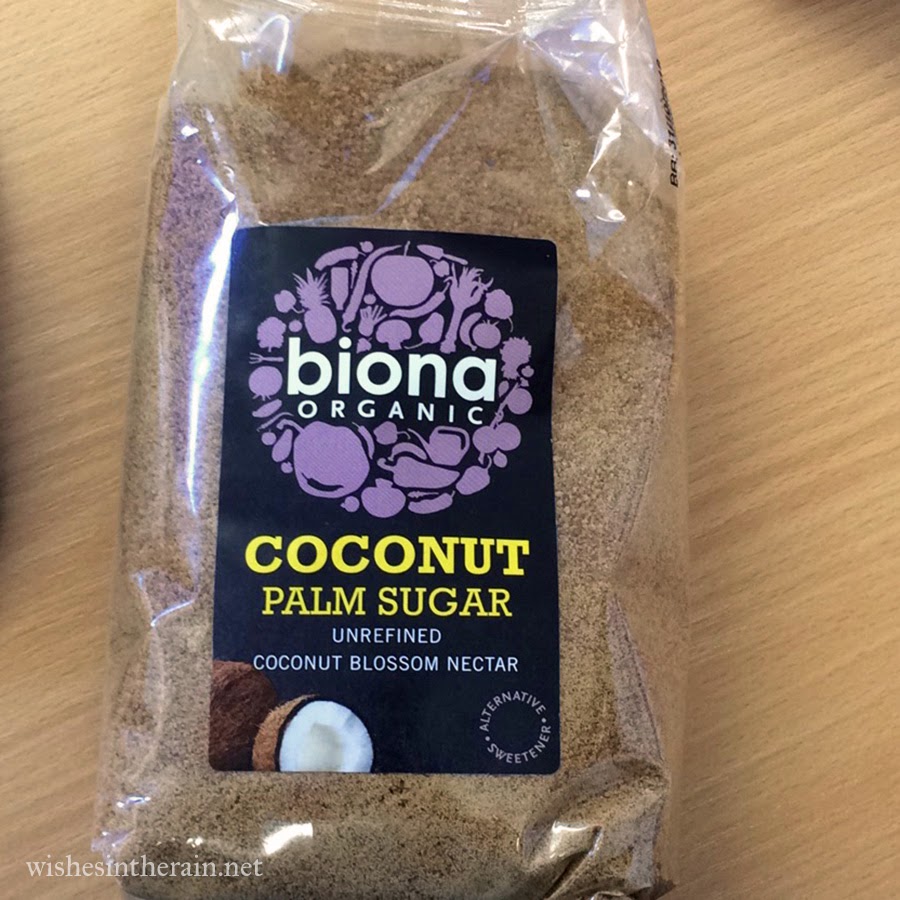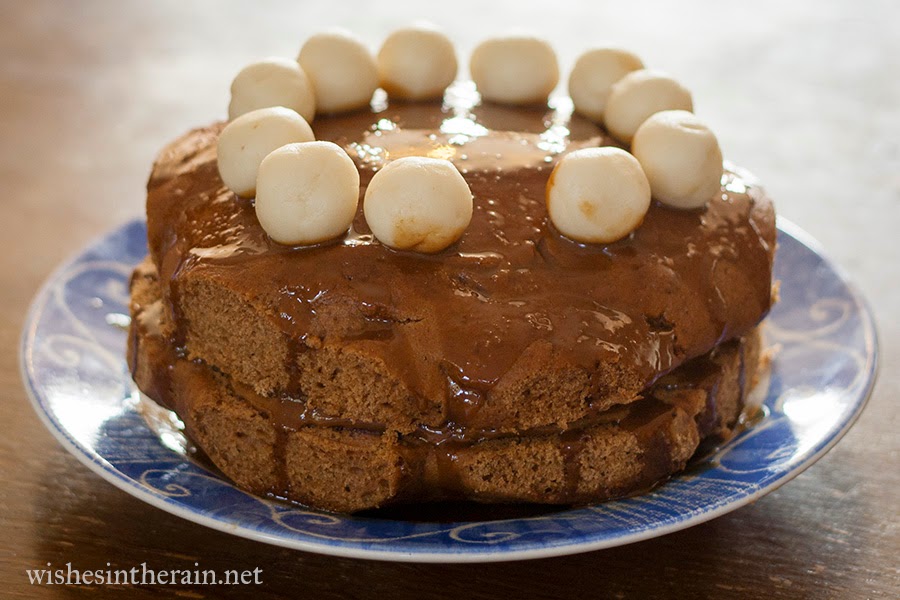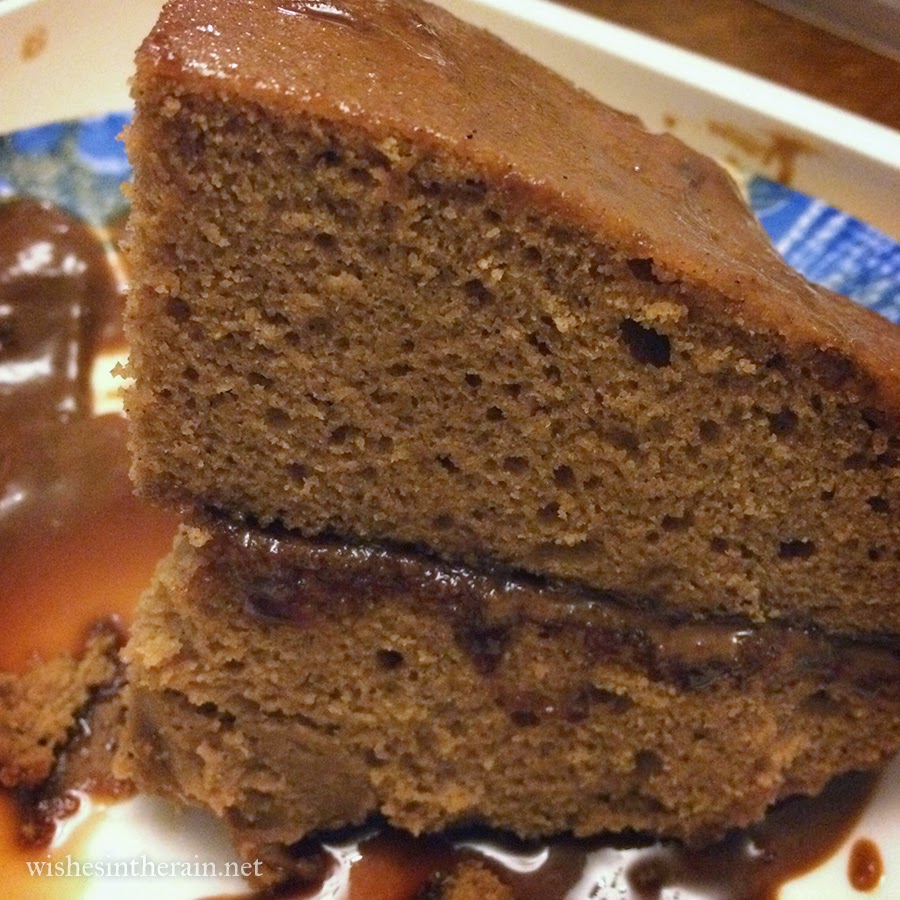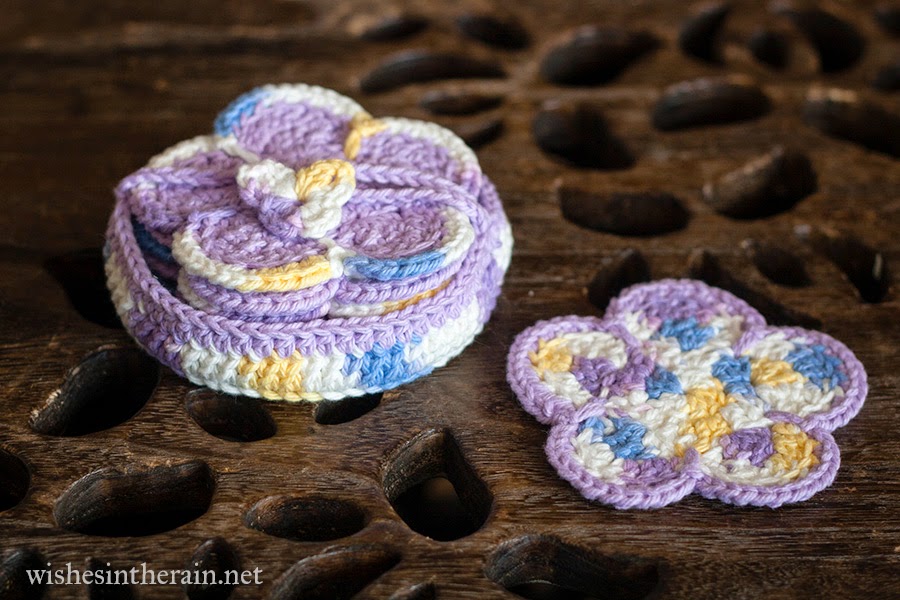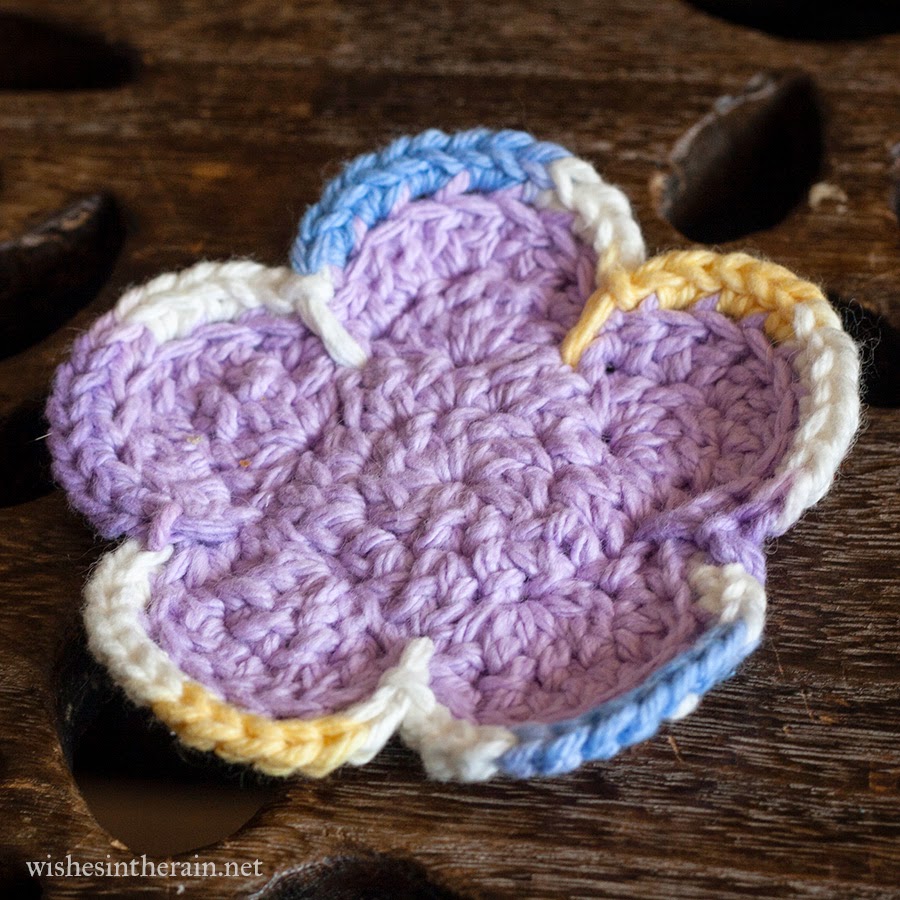My nephew turned one a couple of months ago, and I wanted to make him a fun little toy for his birthday. I had some little bird chirping noise toy inserts and we saw this cute little top at The White Company-
I thought it would be cute to make a little toy inspired by the seagull on the jumper, a little bit like the doll and dress I made for my niece a couple of years ago. I knew a one year old wouldn't appreciate how they match, but his parents would!
You can hear the bird sound maker on a little video I put on my instagram account (do follow me there if you'd like to see what I'm currently working on). It makes a squeaky, whistling sound - a nice change from a rattle.
After making a duck for the little yellow duck project last week, I thought it would be a good idea to test the pattern and make another duck at the same time, especially as a girl found my duck and was pleased with it. I did a plain 'jumper' style for the duck instead of stripes.
Since the duck isn't a sailor and it's been lovely and sunny here these past few days, I changed up the hat a little to make it more like a sun hat. I made the seagull with a 4mm hook and acrylic yarn, and the duck with cotton yarn and a 5mm hook.
Pattern:
(Instructions for the duck are in brackets where they differ from the seagull.)
You will need:
- 4mm hook (or 5mm if you prefer a larger toy)
- Aran/worsted weight yarn in grey, white, red, yellow, and light and dark blue. I used a mixture of Sirdar Supersoft Aran, and Caron Simply Soft worsted - Red Heart Super Saver would work well too. (For the duck I used Rico Creative Cotton aran in pink, yellow and orange. Lily Sugar'n cream would be another good choice.)
- tapestry needle
- stitch marker
- safety eyes / black yarn of any weight
- toy stuffing for head/body and hat
- optional rattle/bird noise maker
Unless otherwise noted, the pattern is worked in spirals throughout. Do not join at the end of a round, but use the stitch marker to keep track of the beginning of the round that you're on.
Head/Body
In grey (yellow)
Round 1: 6 scs into magic ring
Round 2: Inc in each st around (12)
Round 3: (Inc, sc) six times (18)
Round 4: Sc, (inc, sc in next 2 sts) 5 times, inc, sc (24)
Round 5: (Inc, sc in next 3 sts) 6 times (30)
Round 6: (Sc in 9 sts, inc in next st) three times (33)
Rounds 7-12: Sc in each st around (33)
Round 13: (Sc in 9 sts, invdec) three times (30)
At this point I sewed on the eyes, and made the beak and sewed it on too. You could sew eyes and the beak on after but definitely use safety eyes now if you're going to.
Round 14: (Invdec, sc in next 3 sts) 6 times (24)
Round 15: Sc, (invdec, sc in next 2 sts) five times, invdec, sc (18)
Round 16: (Invdec sc) six times (12)
Stuff head, Change colour to white.
Note that for the body, you may need to change where in a round you switch colour to ensure the changes are at the back of the toy. Rounds should begin and end in marked stitch as usual.
Rounds 17, 18: Sc in each st around (12)
Change colour to red
Round 19: (Inc, sc) six times (18) (Change colour to pink for duck)
Round 20: Sc, (inc, sc in next 2 sts) 5 times, inc, sc (24)
Round 21: (Inc, 7 scs) three times (27)
Change colour to white
Rounds 22-24: Sc in each st around (27)
Change colour to red
Rounds 25-27: Sc in each st around (27)
Change colour to white (yellow for duck)
Rounds 28, 29: Sc in each st around (27)
Round 30: Invdec, 7sc (24)
Change colour to grey
Round 31: Sc (invdec, sc in next 2 sts) five times, invdec, sc (18)
Stuff body, and put in rattle or noise maker if desired
Round 32: Invdec, sc all around (12)
Stuff body a little more
Round 33: Invdec in each pair of sts all around (6) bind off and sew shut. Sew end back through body and trim off excess to hide.
Beak
In yellow (orange)
Round 1: 4 scs into ring
Round 2: (Inc, sc) twice (6)
Round 3: (2sc, inc) twice (8)
Round 4: Sc in each stitch around
Round 5: (Inc, 3scs) twice. Sl St into next St and bind off, leaving tail to sew to head. (10)
Tail
In yellow (orange)
Round 1: Work 4hdc into magic ring. Pull tight but do not join. Make sure you have enough of a tail to sew to body.
Round 2: Ch1, turn, 2 hdcs in first st, hdc in next 2 sts, 2 hdcs in last st
Round 3: Ch1, turn, 2 hdcs in first st, hdc in next 4 sts, 2 hdcs in last st. Bind off, weave in end.
Feet - make 2
In yellow (orange)
Round 1: 7 hdcs into magic ring. Pull tight but do not join. Make sure you have enough of a tail to sew to body.
Round 2: Ch1, turn, (hdc, fphdc) three times, hdc, bind off, weave in end.
Wings - make 2
In white (yellow)
Ch7, Sc in 2nd ch from hook, sc, 2hdc, dc, dc6 into last ch.
Working down the other side of the initial chs: Dc, 2hdc, 2sc, sl St into 1st chain, bind off, leaving tail to sew to body (you'll need to weave the tail back through the wing first).
Hat - Sailor
In dark blue
Round 1: 6sc into ring
Round 2: Inc in each st around (12)
Round 3: (Inc, sc) six times (18)
Rounds 5, 6, 7: sc in each st around. Bind off.
Attach light blue yarn, turn
Round 8: In back loops, (inc, 2sc) all around (24)
Round 9: (Sl St, sc, hdc twice, dc, four times, hdc, twice, sc, sl st) (x2) (24)
Bind off, leaving tail to sew to head.
Hat - Sun hat
(In pink)
Rounds 1-7: as above but don't bind off or change yarn. Turn.
Round 8: As above, sl st into first st of round
Round 9: Ch 1, (hdc in 5 sts, 2 hdc in next st) four times. Bind off, leaving tail to sew to head.
Scarf
In red (pink)
Row 1: Ch 31
Row 2: Sl st in 2nd ch from hook, and next 13 chs. Sl st through both next ch and post of st at the back of where the head and body join twice to attach the scarf at the back. (See image below - you can skip this if you'd prefer to just sew the scarf). Sl st into remaining sts & bind off.
Style the scarf as you like and sew in place with ends of yarn.
Assembly
Stuff hat and sew hat to head. I put most of the stuffing in before sewing the hat but I stuffed it a little more before sewing it closed. Positioning is up to you, but I think it looks cute slightly off to one side.
Sew wings to body with the round side at the top. You can sew all the way round or just at the top and leave the rest of the wing loose.
Sew feet next to each other to the base of the body.
Sew tail to the back of the body at the bottom. Weave in any ends that are left, and enjoy your little bird!











